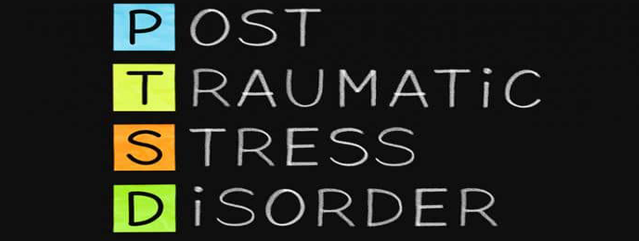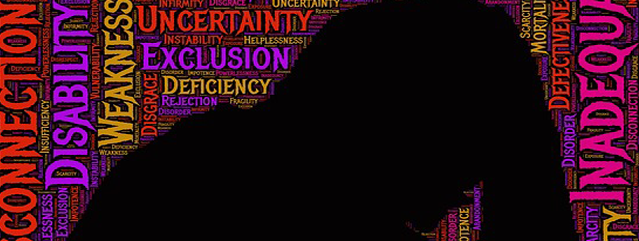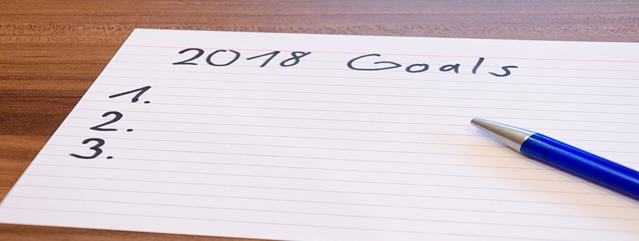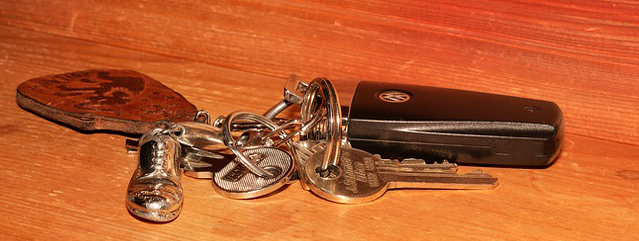Vehicle-Ramming and Post-Traumatic Stress Disorder

In the aftermath of the latest vehicle-ramming attack, this time in Toronto, I’ve been feeling a little more agitated and hyper-vigilant. Thank goodness, no one I know was injured or killed. Still, my brain can’t seem to fully let go of the horror. Most likely my reaction has a lot to do with post-traumatic stress disorder, a result of my own traumatic experience fifteen years ago, when an older driver confused the gas pedal for the brake and rocketed through the Santa Monica Farmers’ Market , striking dozens of pedestrians. Ten died; I was one of the survivors. So, of course, each time I hear of yet another vehicle-ramming attack, my brain and body is yanked back fifteen years. And I can’t help but still feel the fear storm through all those who had been walking through Toronto’s north end when twenty-five-year-old Alek Minassian intentionally sped down a busy street in a rented van. I still taste the blood, hear the screams, hear the sounds of crushing glass and metal. For those who witnessed the attack – bystanders, rescue workers, family and friends of the victims – they too are likely suffering from PTSD symptoms. And imagine the grief stricken faces of the loved ones of the injured and dead when they received that unthinkable phone call, or saw the carnage unfolding on television.
For anyone who has survived, or witnessed (first hand or in the media) trauma of this kind – a car crash, terrorist attack, mass shooting – don’t be surprised if this latest tragedy has left you a little more overprotective of your children, fearful of crowds, or hype-aware of your surroundings each time you go for a walk. And maybe you’re experiencing a resurgence of nightmares. Though don’t be surprised if you’re experiencing hypo-arousal: numbed out and not present in the world around you. This kind of trauma rocks us at the core, gnaws into our sense of safety, cracks in half any sense of predictability.
For some, PTSD symptoms naturally resolve; for others it lingers. Studies have shown that up to five days after the 911 attacks, 44% of Americans noted at least one symptom of PTSD. Two to four months later, 11% of NYC residents reported persistent symptoms.
No matter how your PTSD symptoms present themselves, they are real, very real. So, please, talk to your family, your friends, your neighbors, to clergy, social workers, educators, to anyone who will listen.
Because
You
Deserve
To be heard
You
Deserve
To be
Understood
Read More





Recent Comments